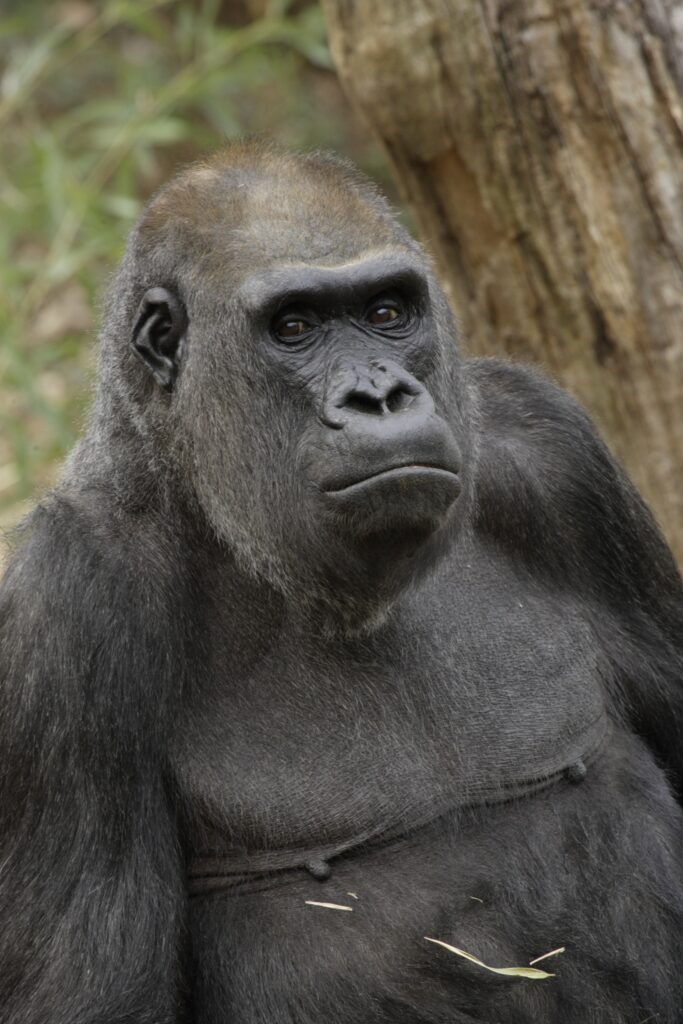
Although she successfully gave birth to four living offspring, she was unable to care for them. This is not uncommon among captive great apes, particularly in the past. Females who were not reared by their mothers or did not witness maternal bonds are at a great disadvantage when faced with caring for their own infant. Haloko’s mothering duties were handed over to other female gorillas and animal care staff.
After Haloko died in 2011 at approximately age 44, her remains were placed in the Smithsonian National Museum of Natural History. Her body still retains the scars of her ordeals. Her dental stress line—a line of reduced enamel caused by stress—most likely corresponds to the time of her capture in the wild. It is the deepest stress line ever measured in an ape or extinct hominin.
While modern zoos are just as vital for the preservation and conservation of primates as museum collections are for the advancement of scientific research, the now antiquated process of acquiring living apes was galling. In one particularly chilling 1928 account, a collector describes wrestling a young gorilla to the ground and “putting a bag over its head, then beating it into submission.” Capturing infants for zoos often involved killing entire family groups, since adults would come to the protection of the babies.
After such horrific ordeals, it is no surprise that many apes died during the grueling journey to their new “homes.” An 1889 report describes a sad attempt to transfer a family of orangutans from Singapore to the Philadelphia Zoological Garden: “The female and the young one died, however, in transit, and the surviving male reached the Gardens on June 13th in such a weak state that he died on the following day.”
The 19th- and 20th-century practices of killing apes for natural history museums and private collections was considered a noble endeavor at the time. But it, too, was undeniably cruel by today’s standards. Apes were often shot out of trees, their limbs breaking as they fell. In one incident, a mother ape was carrying an infant when she was shot down from a tree and broke both her leg and jaw.
These practices were not only morally reprehensible, they also did a disservice to science. Anyone familiar with trauma knows that the body is left with scars. Some are obvious; others are not. Bone fractures and dental stress lines are still visible in ape remains today. Malnutrition and extreme stress, perhaps from capture or the journey across the sea, can change the body. These alterations could potentially lead researchers to misleading conclusions about ape morphology.








